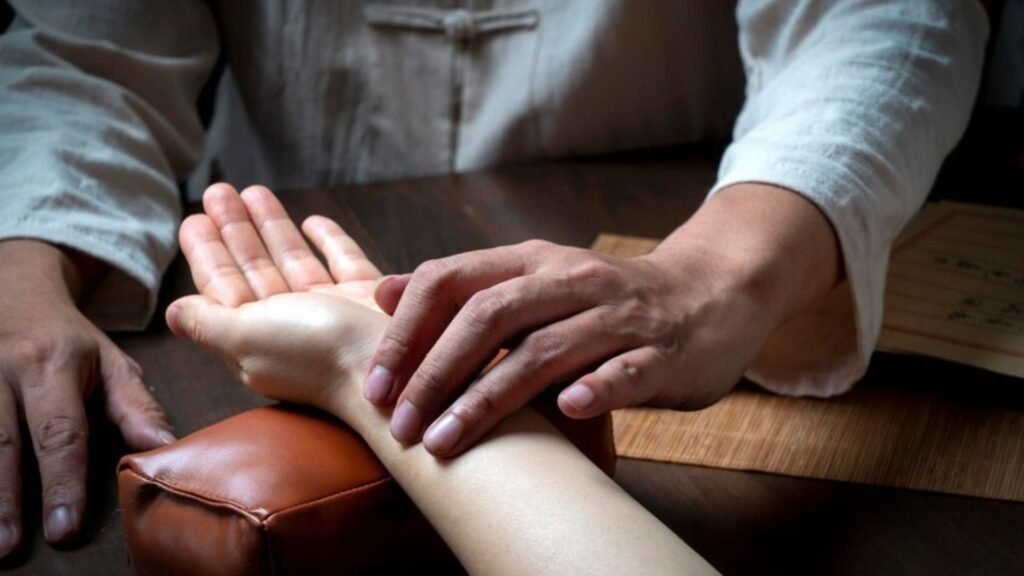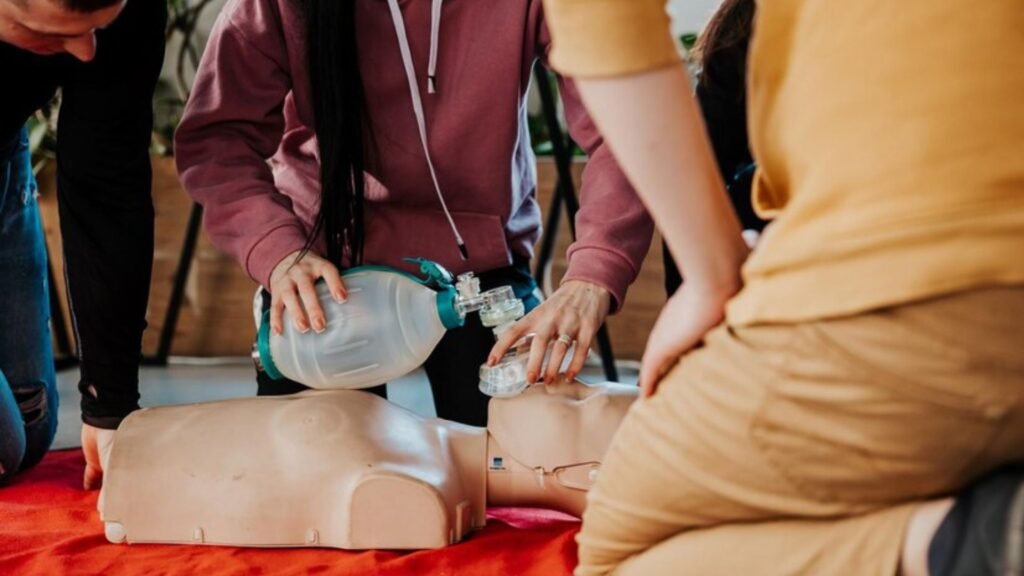Chronic Pain Management Balancing Traditional
Chronic Pain Management is a persistent and often debilitating condition that affects millions worldwide, significantly impacting quality of life, And Managing chronic pain effectively requires a delicate balance between conventional medical treatments and holistic approaches that address the mind, body, and spirit, Also This article explores how integrating these approaches can provide a more comprehensive, patient-centered strategy for managing chronic pain, offering insights into the latest advancements and practical tips for achieving relief and improved well-being.
When walkers incorporate both medical and complementary therapy treatments, then a patient can design a conventional and effective approach beyond that which merely addresses the issue of pain. With its focus on the multifactorial cause of pain; the physiological, psychological and emotional stressors; pharmacological and manual interventions; complementary therapies; and ways of living, this methods bring together an interprofessional approach and aim to provide the person with a personalised pathway towards recovery. This journey is about more than the physical and relief of pain but healing and growth and becoming stronger and finding more purpose in one’s life.
Understanding Chronic Pain

What Is Chronic Pain?
Chronic or persistent pain is pain that continues beyond three months or even persists after an injury or sickness has healed.It can occur in any area of the body and generally causes physical and emotional wear on the patient. Some of the diseases that many people are diagnosed to be experiencing are arthritis, fibromyalgia, migraines, lower back complications, and neuropathies. Therefore, chronic pain clients may present with challenges in functioning effectively, relating interpersonally, and psychologically.Given the multifactorial and recurrent pattern, its would require the incorporation of pharmacological and nonpharmacological interventions.
- Arthritis
- Fibromyalgia
- Migraines
- Lower back pain
- Neuropathy
Holistic Approaches to Chronic Pain Management

Holistic strategies concern ways and means of working on the individual as a whole, not only physically, but also psychologically and emotionally, and These approaches accept chronic pain not only as a physical feeling but also as an illness of an individual’s mind and emotions. Thus, through including the practices that increase relaxation, decrease stress, and improve emotional coping — the integrating of holistic practices contribute towards improving the management of pain, and In addition to relief of the agonising symptoms, this concept of the focus on the person as a whole is tremendously valuable for feeling alive and finding meaning in everyday life.
Integrated systems of treatment believe in the healing of the body, mind and spirit, With These approaches acknowledge the fact that it is not only a bodily sensation, but also a disease of the body, mind and emotion.Applying relaxation, stress reduction, and building of positive emotional response to pain, the holistic approach make clients respond positively to pain. Integral approach not only attacks the problems like pain, but becomes a part of more profound satisfaction of a human life. Further, methodologies of mind-body support enable people to enhance an active role in the recovery process and to impact decisions with the careful reflection of values and preferences.In the long run, people get to realize that this holistic approach to the self by attending to their bodies, souls and minds leads them to enjoying holistic health which enables them fend off chronic pain and be joyful.
Balancing Traditional and Holistic Approaches

This indicates that pain management plan might contain both conventional practice medicines and other treatment such as complementary/alternative medicine that comprises acupuncture, mindfulness, and diet change. It follows that adopting this combined approach leads to an effective treatment for temporal-spatial symptoms and root causes of chronic pain. It may also require changing of some aspects of a patient’s daily life, for example, exercise, sleep and stress practices in order to, optimise the recovery process as well as overall patient outcome. All aspects of the plan should be specially designed for every person’s particular characteristics, expectations, and reactions to treatment.
This kind of approach is more versatile and effective since the treatment is aimed at individual patients, therefore the patients can control their pain and at the same time, they do not have to suffer poor quality of life.This is true because the health practicioner- patient relationship is an important factor because it shows that the client and both the physicians are involved in the treatment process and they are in agreement with the decision-making process.Another advantage is the tracking of progress and evaluation of performance frequendy and changing the plan where relevant to ensure that long-term relief is realised.With this kind of structure, and handling of the problem, chronic pain sufferers can embark in their healing path empowered and with hope.
Conclusion

Controlling Chronic Pain Management needs therefore a combination of medical and complementary approaches. This is because comprehensive coping with the disease tackles both the physical and psychological sides of the pain and helps patients receive better results and be happier. If it’s through drugs, exercise, relaxation techniques, or food, then it is all about achieving the proper dosages or measures for permanent health improvement.
Patients should therefore engage their doctors in order to develop a plan that is appropriate for them and suits them.Overcoming the symptoms by combining both allopathic and complementary medicine can help regain some of the lost control over one’s process. On the similar line, some of the other changes in habit related to lifestyle; including exercises, stress management and better diet would also help in the healing processes and general health status.Finally, the best aim is to give a complete and balanced strategy with the aim of allowing those affected to live a well and meaningful life.
Read More: mRNA technology beyond COVID-19
.jpg)
.jpg)
.jpg)

.jpg)
.jpg)

.jpg)


Komentar
Posting Komentar